Belated Yard Tour 2015
Michael AKA Leekle2ManE
8 years ago
Featured Answer
Comments (19)
Michael AKA Leekle2ManE
8 years agoMichael AKA Leekle2ManE
8 years agoRelated Discussions
Peonies 2015
Comments (87)I did get them all planted in a single day! I had room (barely!) in a raised bed I made 2 years ago so the digging was easy. I'll figure out the next area to be converted to planting beds in the spring because that bed is bursting full....And I think you're doing absolutely great on your own, gardenchloe. Your pictures from last spring were gorgeous! Make sure you message me when you go peony shopping next spring, I'd love to go with. So looking forward to next spring!...See More2015 Virtual Garden Tour
Comments (66)I'm going to come back and read this more carefully later... but for now, WOW! I'm scanning through these photos and all I can think is your neighbors must be incredibly envious! Either that, or they are benefiting from all your hosta when you have to split them. You must have a huge yard! And I'm so embarrassed that I DID buy some hosta from The Home Depot just yesterday to give myself something pretty to look at while my hosta all recover from back-to-back hail storms. I'll get myself to a nursery tomorrow and get some "proper" hostas. Stunning. Spectacular. Gorgeous. Incredible. LOVE everything about your gardens. Thanks for sharing such inspiring photos!...See MoreGaren's Garden 2015
Comments (22)Thank you! Thank you! Lu lu is a tiny silver sebright chicken. Yeah, the chickens and the dogs hang out together. They even eat snacks together and drink from the same water bowls at the same time. I integrated them slowly until the chickens simply became fixtures in the yard and part of the pack. For a long time the dogs would only see the chickens through the chicken run fence. Once the dogs no longer showed interest in the chickens I brought them out together except the dogs were on a leash. The key is to get the dogs completely uninterested in the chickens. If the dog was interested in the chickens then I would walk the dog away until they were no longer alert on them. Then bring them closer only if they weren't interested until I could walk them right with the chickens. Every time the dog would so much as raise an ear or look at the chickens I would tell them no. I would hold the chickens and interact with them in front of the dogs to let them know that the chickens are part of the pack. I would even bring our rooster, Cluck Norris, into the house on a regular basis to hang out with us. I think that really helped. Norris would even play hide n seek with us lol. I have wood and tile floors so picking up a chicken poop every once in a while is no prob. They even make chicken diapers. There is nothing like the taste of happy chicken eggs for breakfast every morning. Not to mention using the eggs to make fresh homemade mayonnaise made with coconut/MCT oil. I can't even eat non free range, sad chicken eggs from the store anymore. There is no comparison. It's like tasting a home grown heirloom tomato compared to the tasteless store bought tomatoes. These little friends have so much personality and beauty to offer if you simply get to know them and spend time with them. If you get a rooster you must hand raise it from a chick, take it for walks everyday like a dog to bond, and you'll be best buds. Otherwise you'll have a mean rooster that just wants to beat the crap out of you. Norris, Wonton, and the wife...See MoreFavorite pictures of 2015
Comments (22)Yes those are some of the hypertufa I made last year. They were an easy fun project , Some never made it over the season and I should have sealed them . I did make a few stepping stones and bird bathes . Can get the instructions on the internet under "hypertufa draping pots " The draping pots are unique and seems there are never two exactly the same. Thanks for noticing and you must give it a try, It is so rewarding to see the results each time and gets rid of old sheets and towels so one is actually are recycling and saving the environment too. We use the patio quite a lot and enjoy it as often as possible...See MoreMichael AKA Leekle2ManE
8 years agoMichael AKA Leekle2ManE
8 years agoMichael AKA Leekle2ManE
8 years agolast modified: 8 years agoMichael AKA Leekle2ManE
8 years agoUser
8 years agoMichael AKA Leekle2ManE
8 years agowhgille
8 years agoannafl
8 years agolast modified: 8 years agowhgille
8 years agotcgardener Zone 10a SE Florida
8 years agoMichael AKA Leekle2ManE
8 years agoMichael AKA Leekle2ManE
8 years agogarden_gal_fl (z10)
8 years agoannafl
8 years agolast modified: 8 years agowhgille
8 years agoirma_stpete_10a
8 years ago
Related Stories
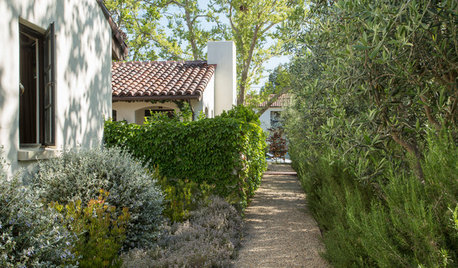
EVENTSTour 5 Gorgeous California Gardens
Get a sneak preview of Palo Alto gardens in the 2015 Gamble Garden Spring Tour, happening Friday and Saturday
Full Story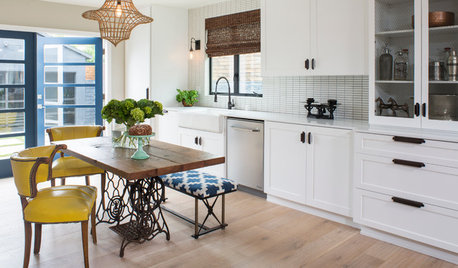
KITCHEN DESIGNGet Ideas From This Year’s Top 20 Kitchen Tours
Smart storage, functionality for cooks and families, vintage touches and lots of personality mark your favorites of 2015
Full Story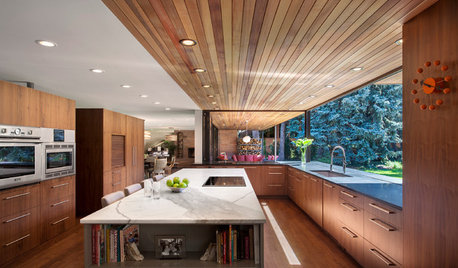
EVENTSSneak a Peek at 7 Homes From Denver’s Modern Home Tour
A wine cube with a glass ceiling, a remodeled Eichler and other structures exemplify modern design in Colorado
Full Story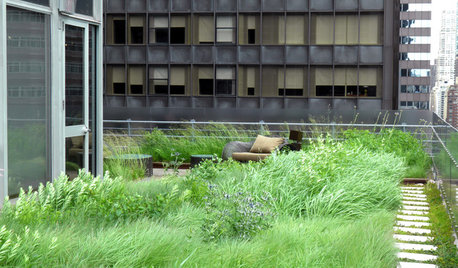
EVENTSTour 7 Stunning New York Gardens
See how garden designers landscape a living roof, a farmhouse pool area, small backyards and more
Full Story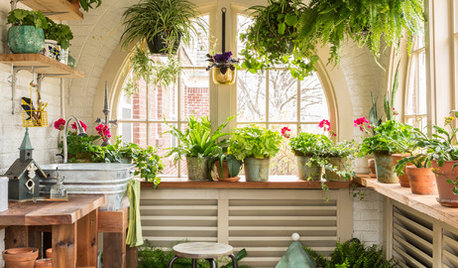
TRANSITIONAL HOMESHouzz Tour: A Home That Honors Family in Little Rock
A third-generation homeowner keeps her family history at the forefront of a thoughtful remodel
Full Story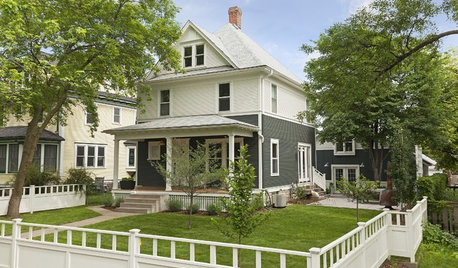
HOUZZ TOURSHouzz Tour: A Fresh Look for a Classic Minnesota Home
An architectural designer updates an urban farmhouse, mixing vintage details with an open layout made for modern living
Full Story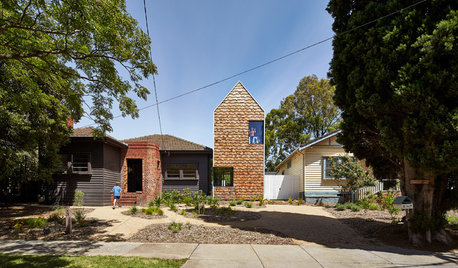
MOST POPULARHouzz Tour: A Playful Home Drawn Up by 8-Year-Old Twins
Plans for this innovative tower home in Melbourne were going nowhere — until the homeowners’ twins came to the rescue
Full Story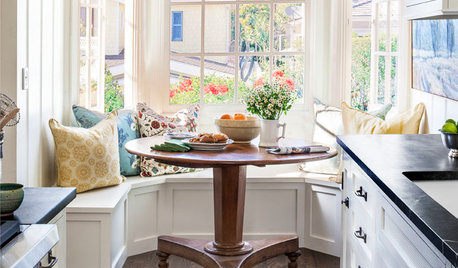
SMALL HOMESHouzz Tour: A Beach Cottage Gets Its Vibe Back
Historically accurate details restore the 1940s charm of a Laguna Beach home
Full Story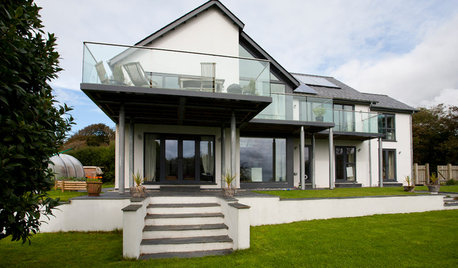
CONTEMPORARY HOMESHouzz Tour: Old-School Charm With a Contemporary Twist
Bright and open interiors with a serene vibe belie the challenges of building this Cornwall home
Full Story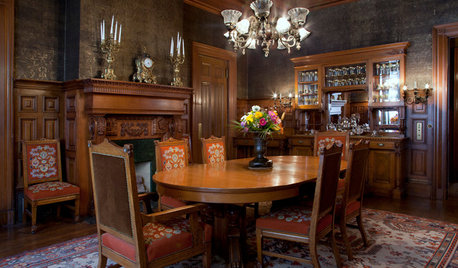
VICTORIAN DESIGNHouzz Tour: San Francisco’s Haas-Lilienthal House
Get a rare behind-the-scenes glimpse of this storied Victorian mansion from its decade-long caretaker
Full Story


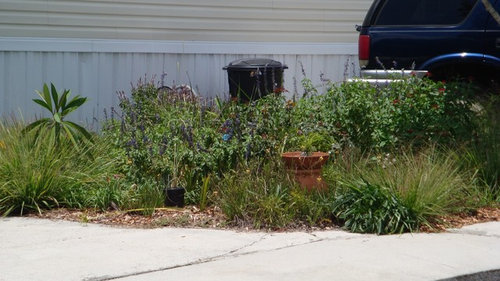
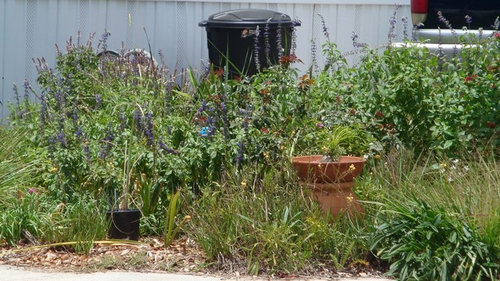





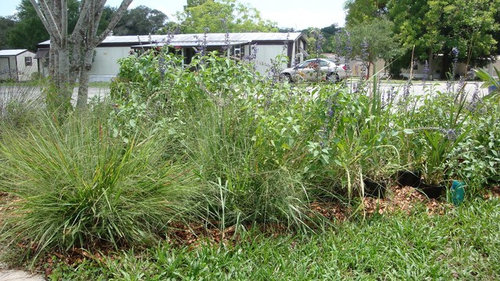


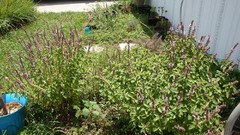

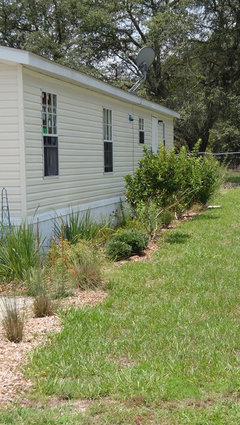
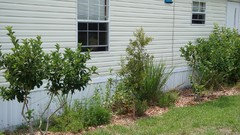

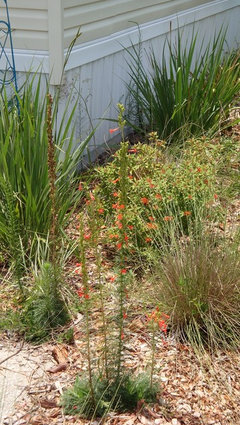
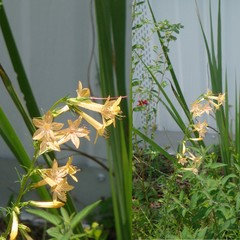
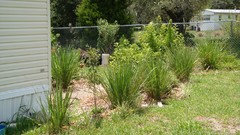


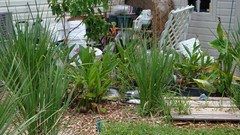
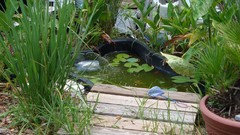
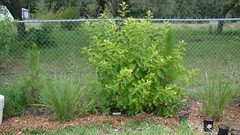
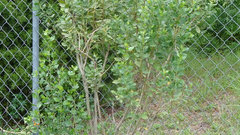
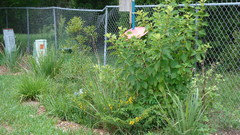

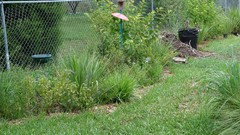

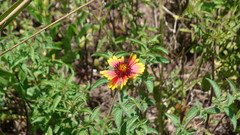
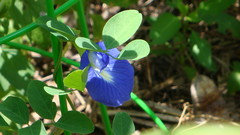


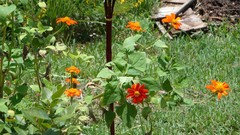
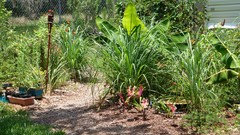
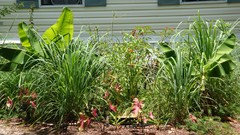
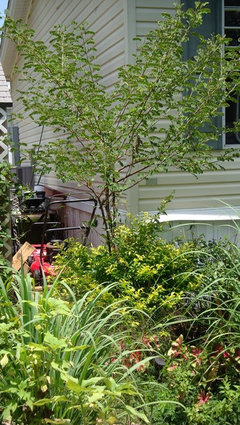





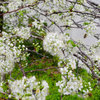
Michael AKA Leekle2ManEOriginal Author